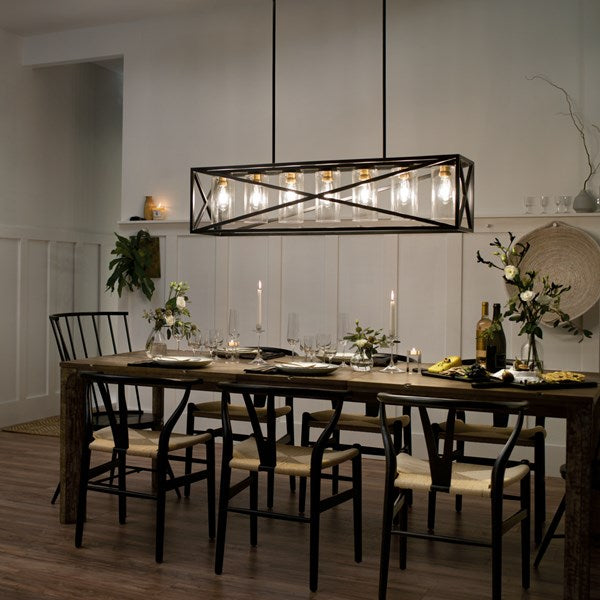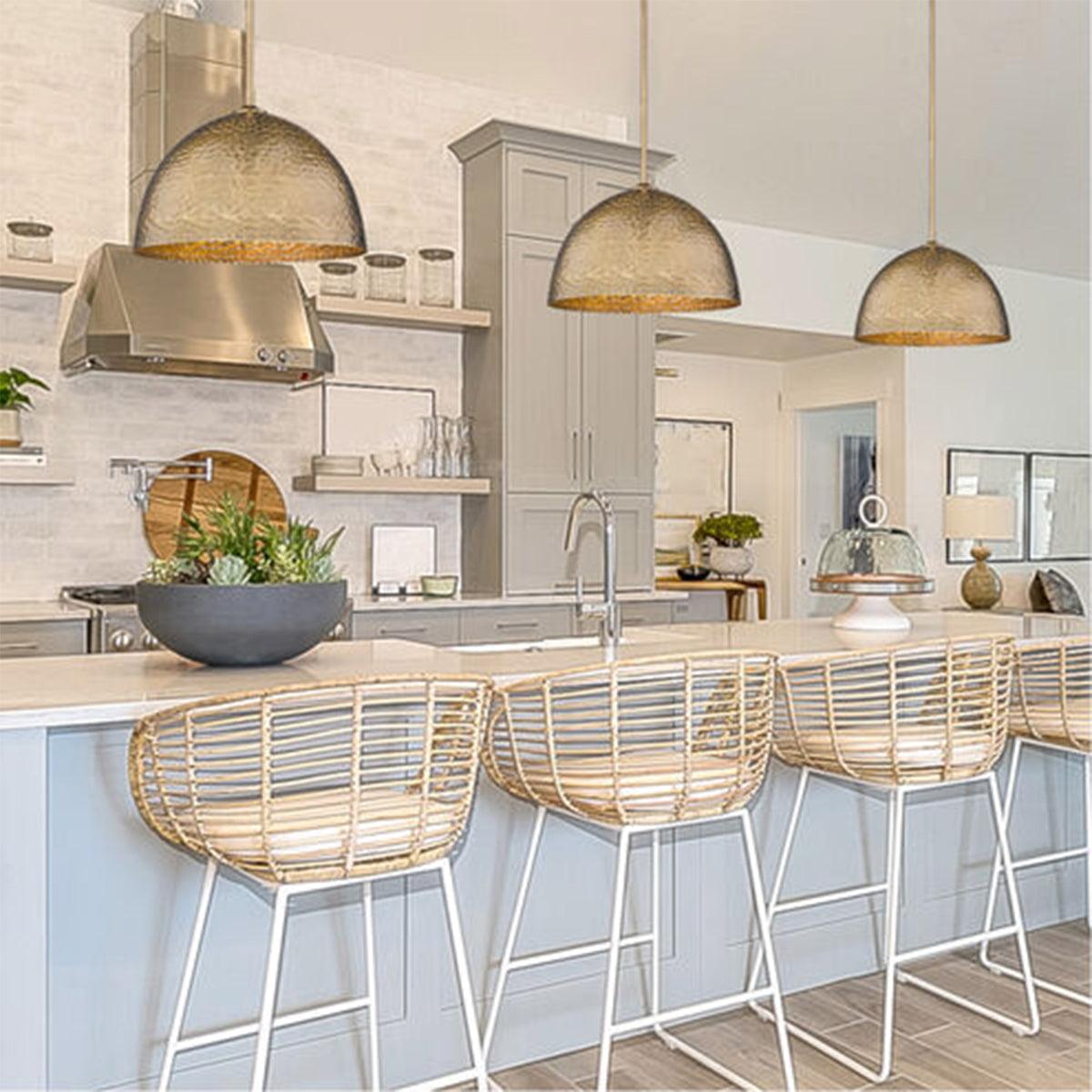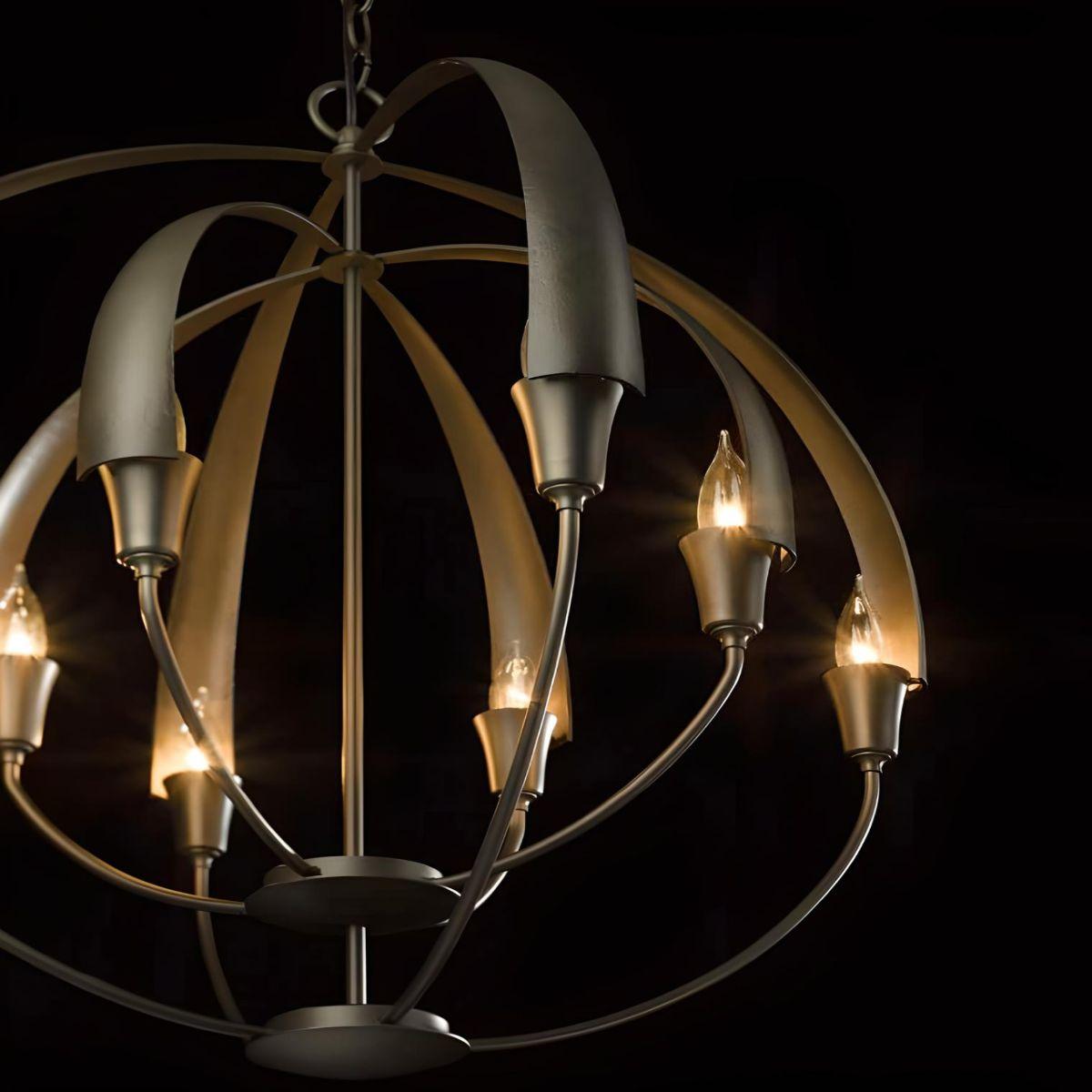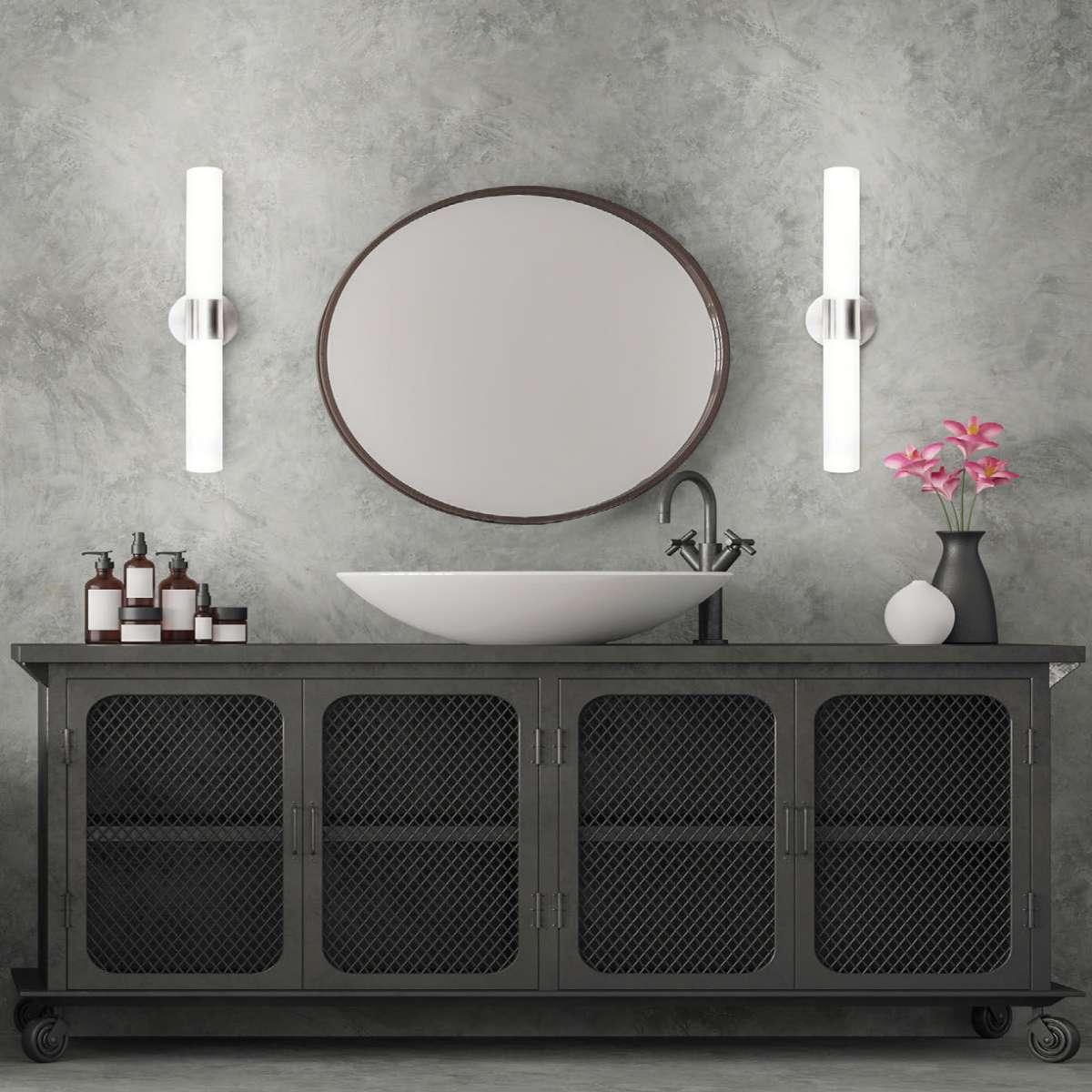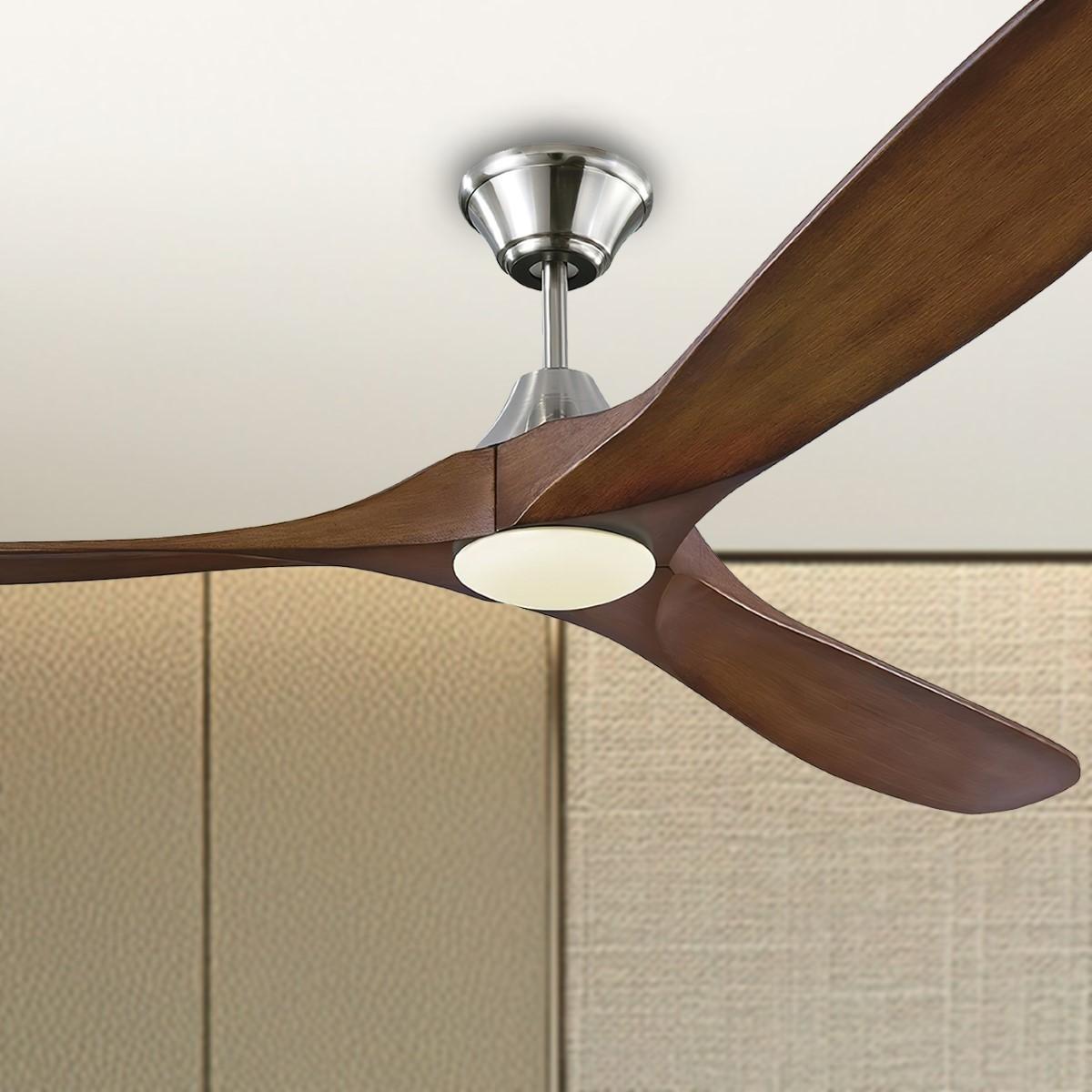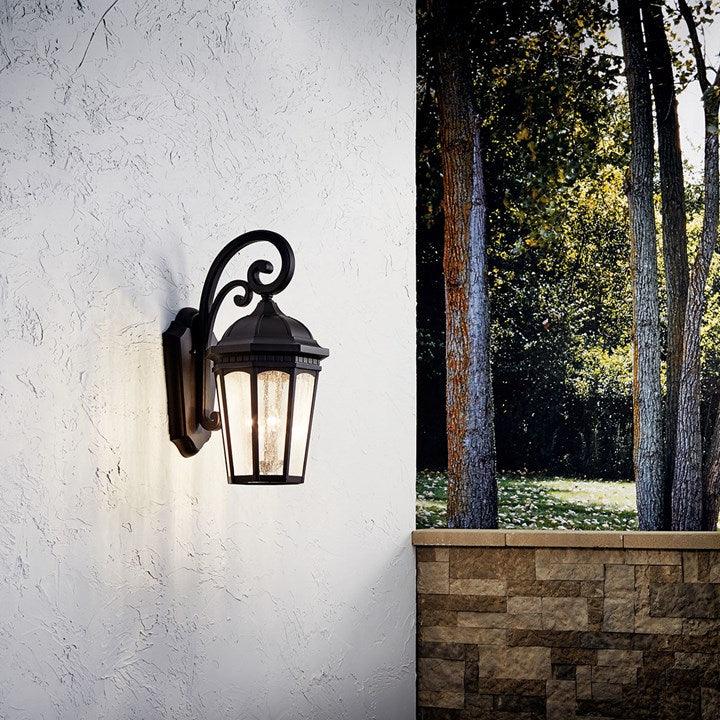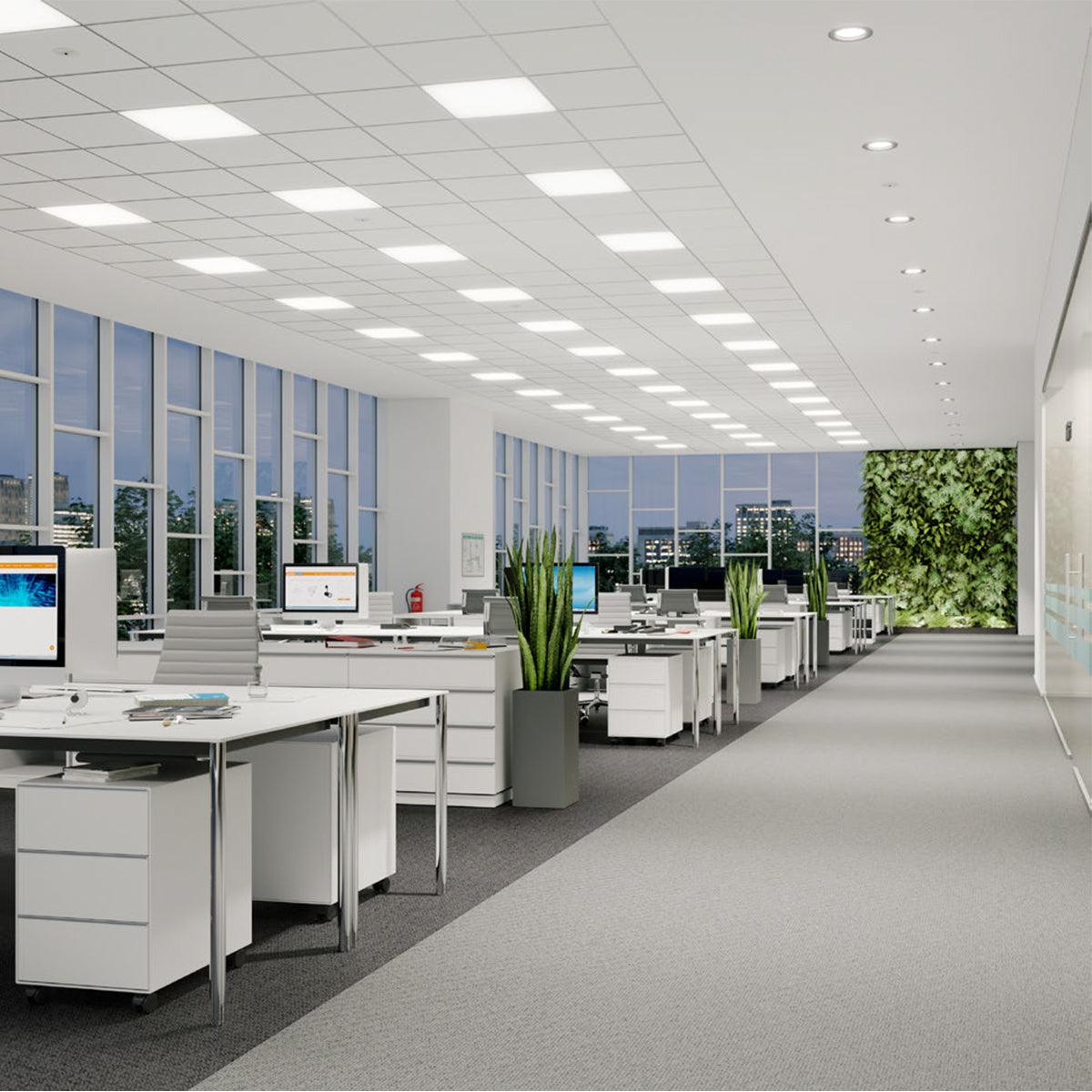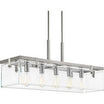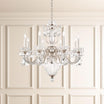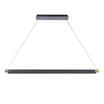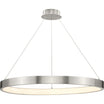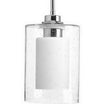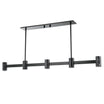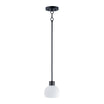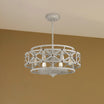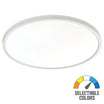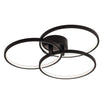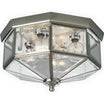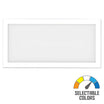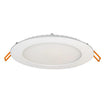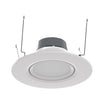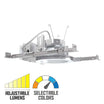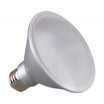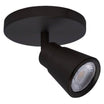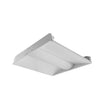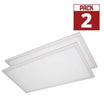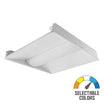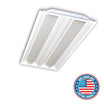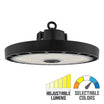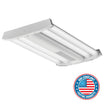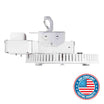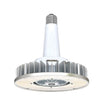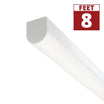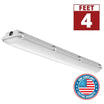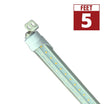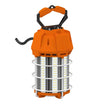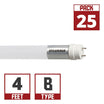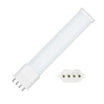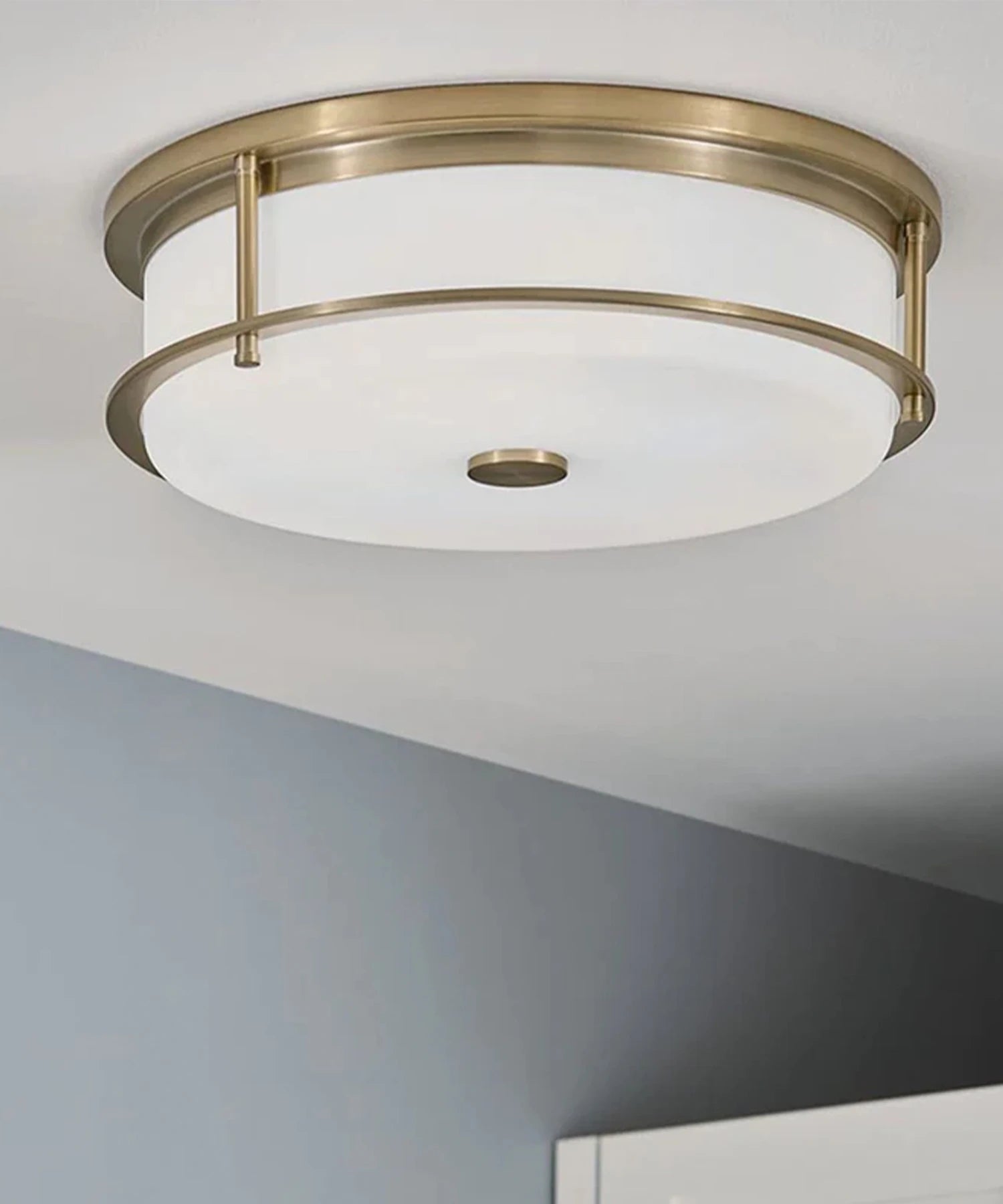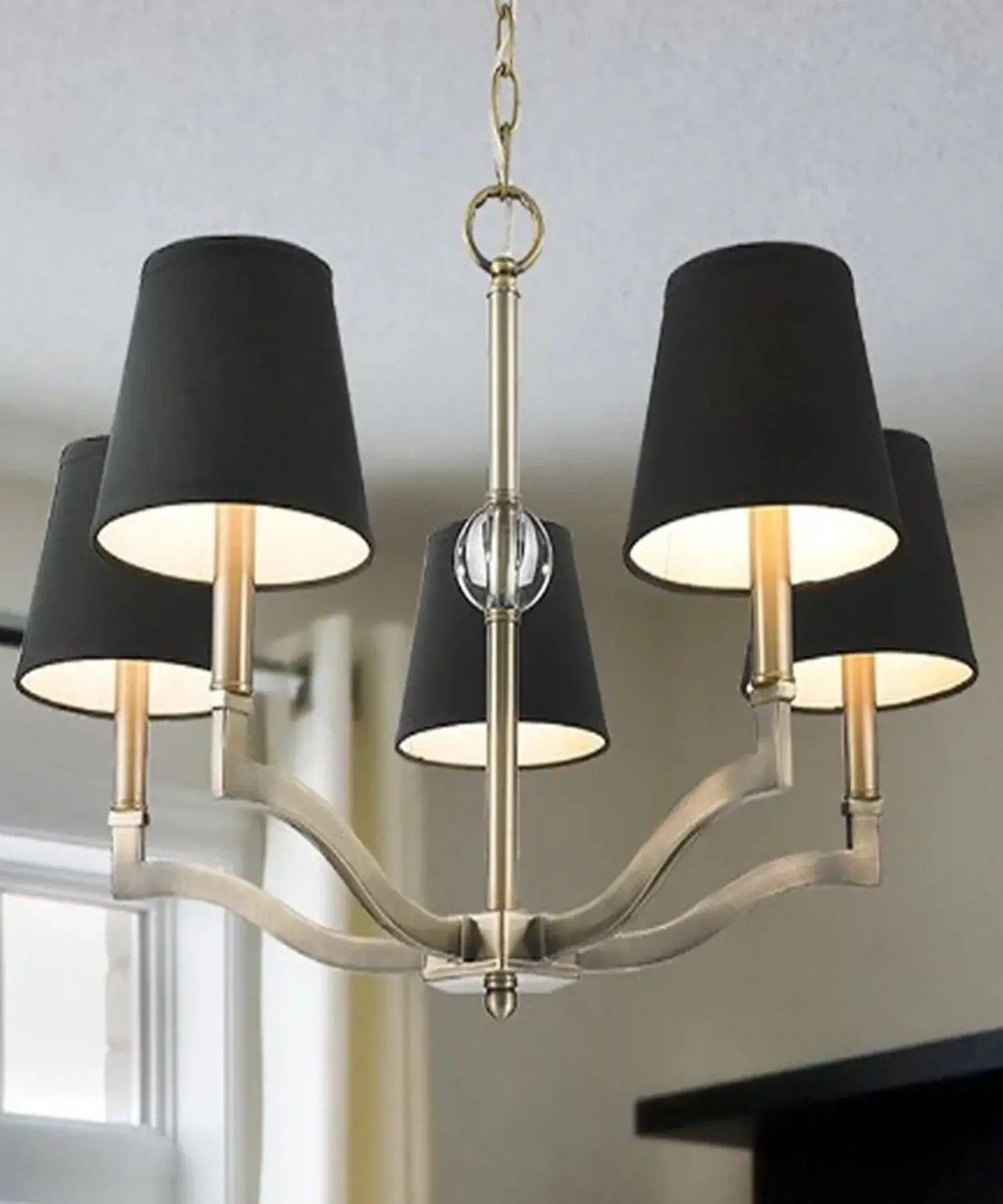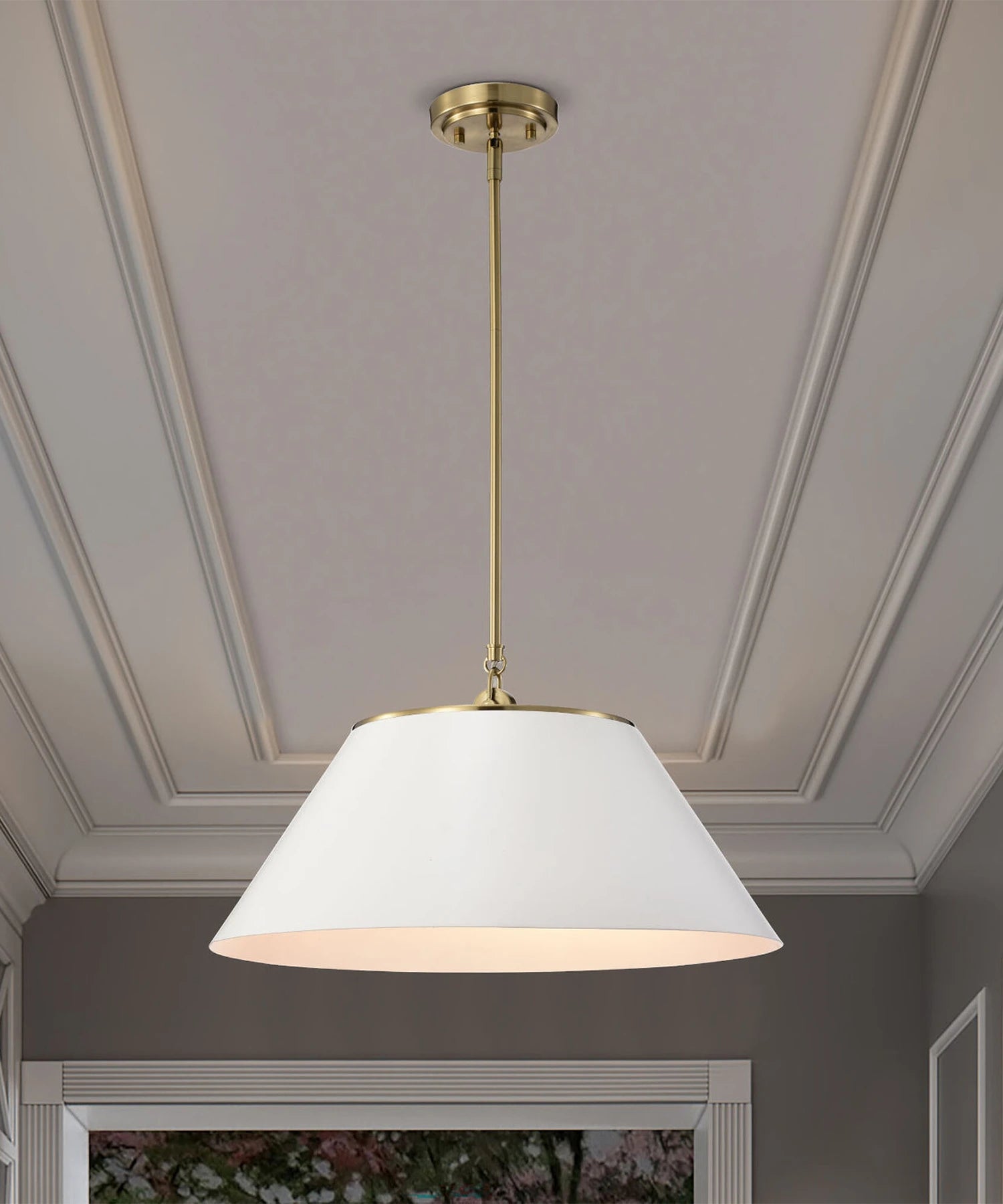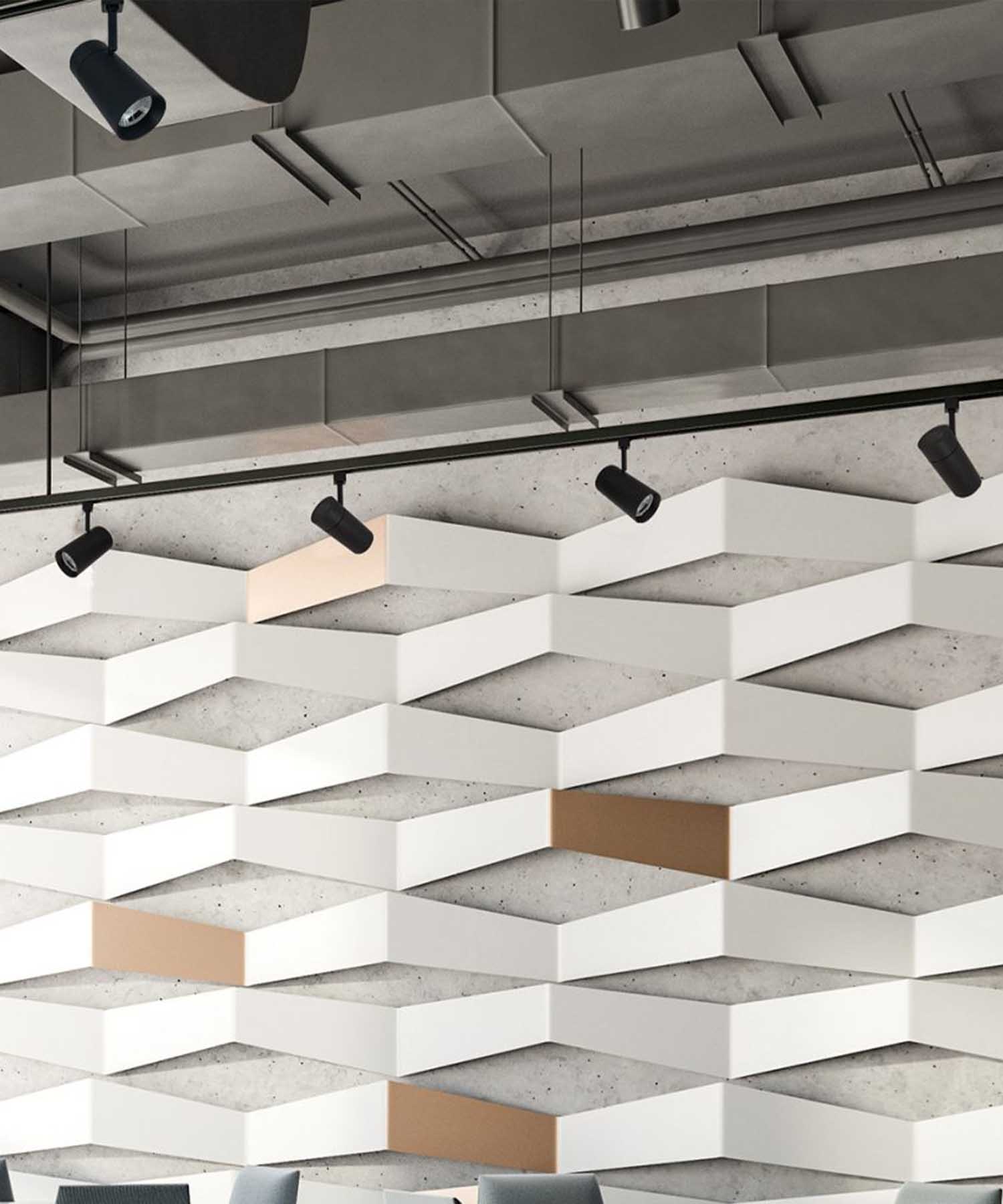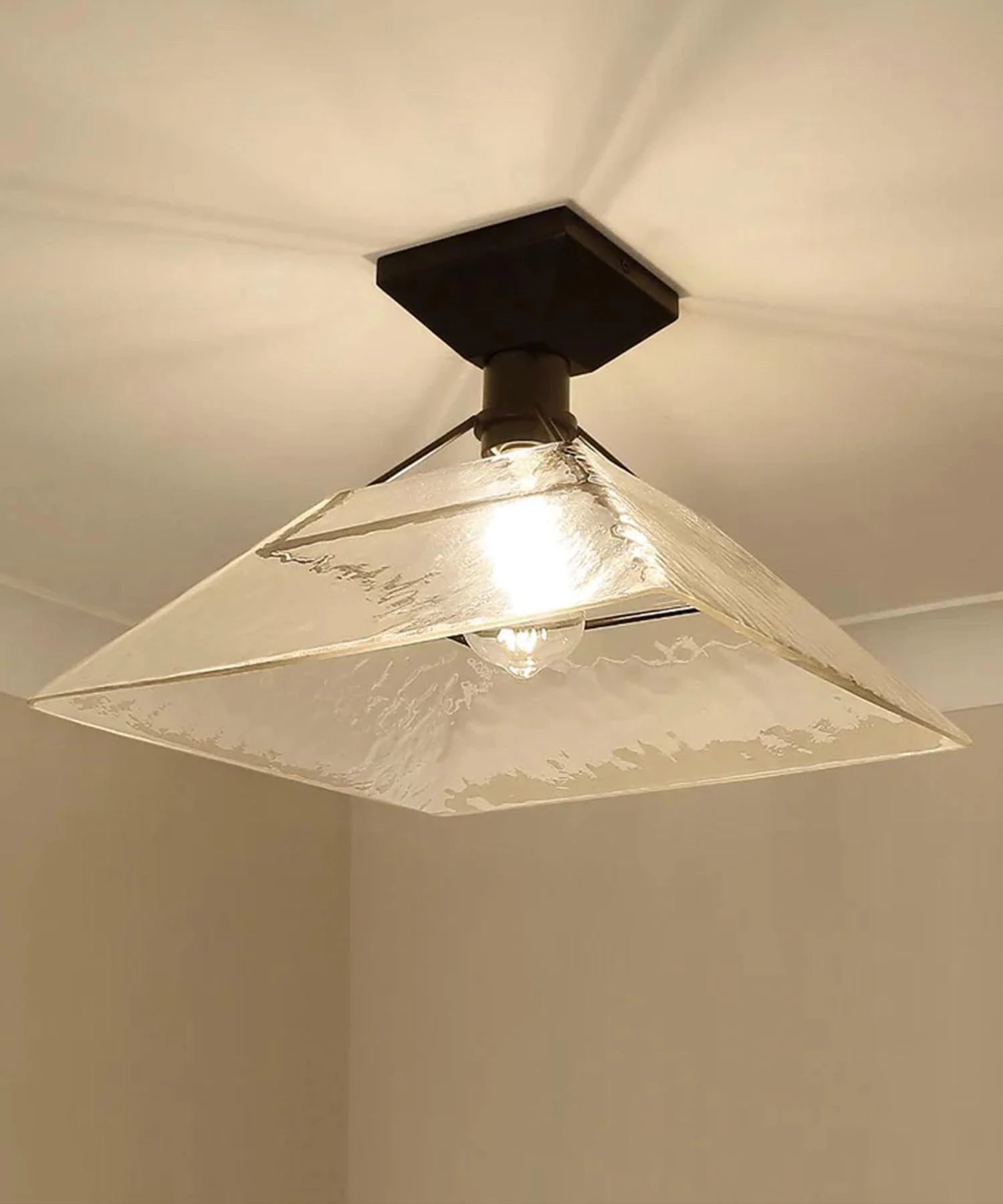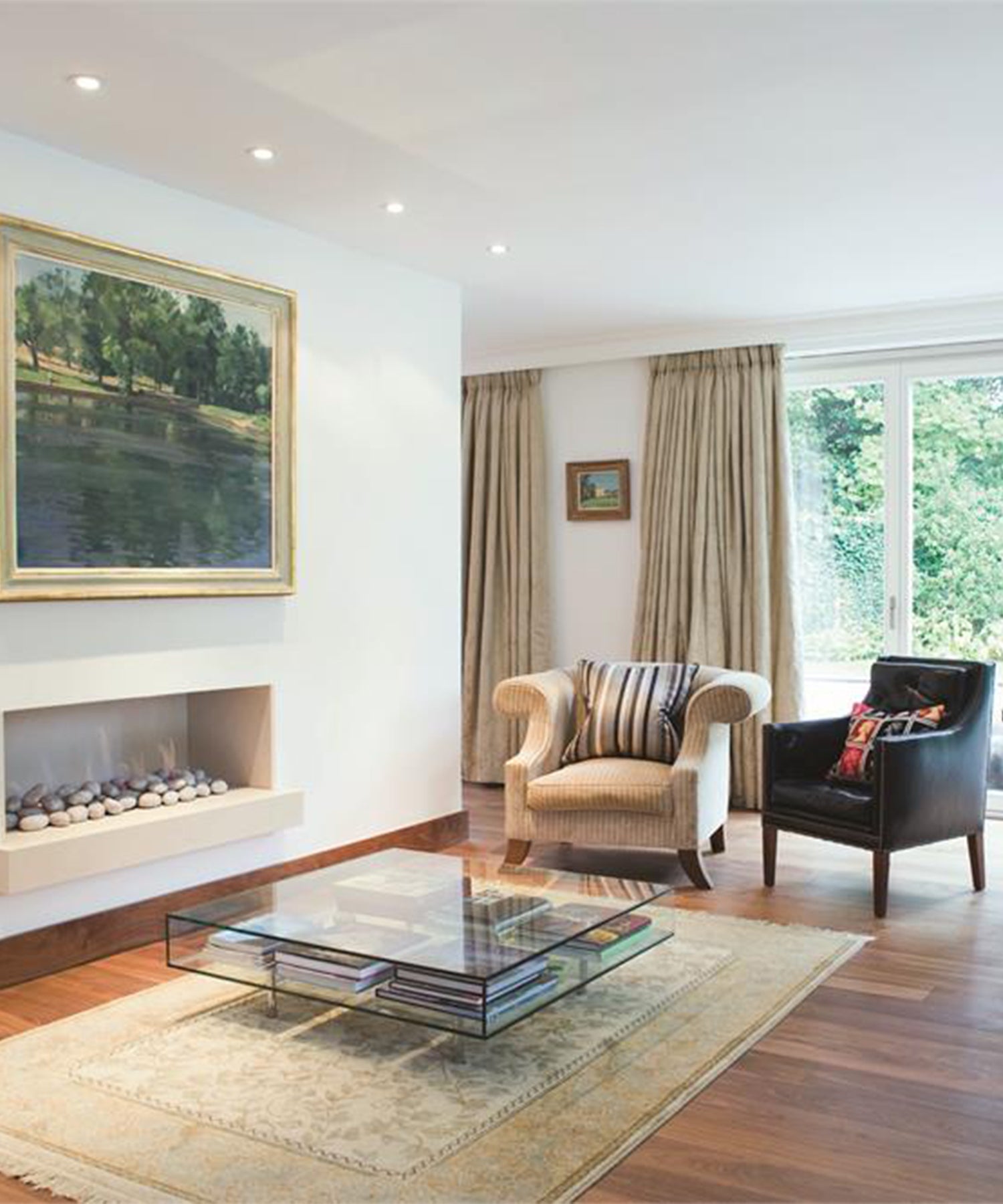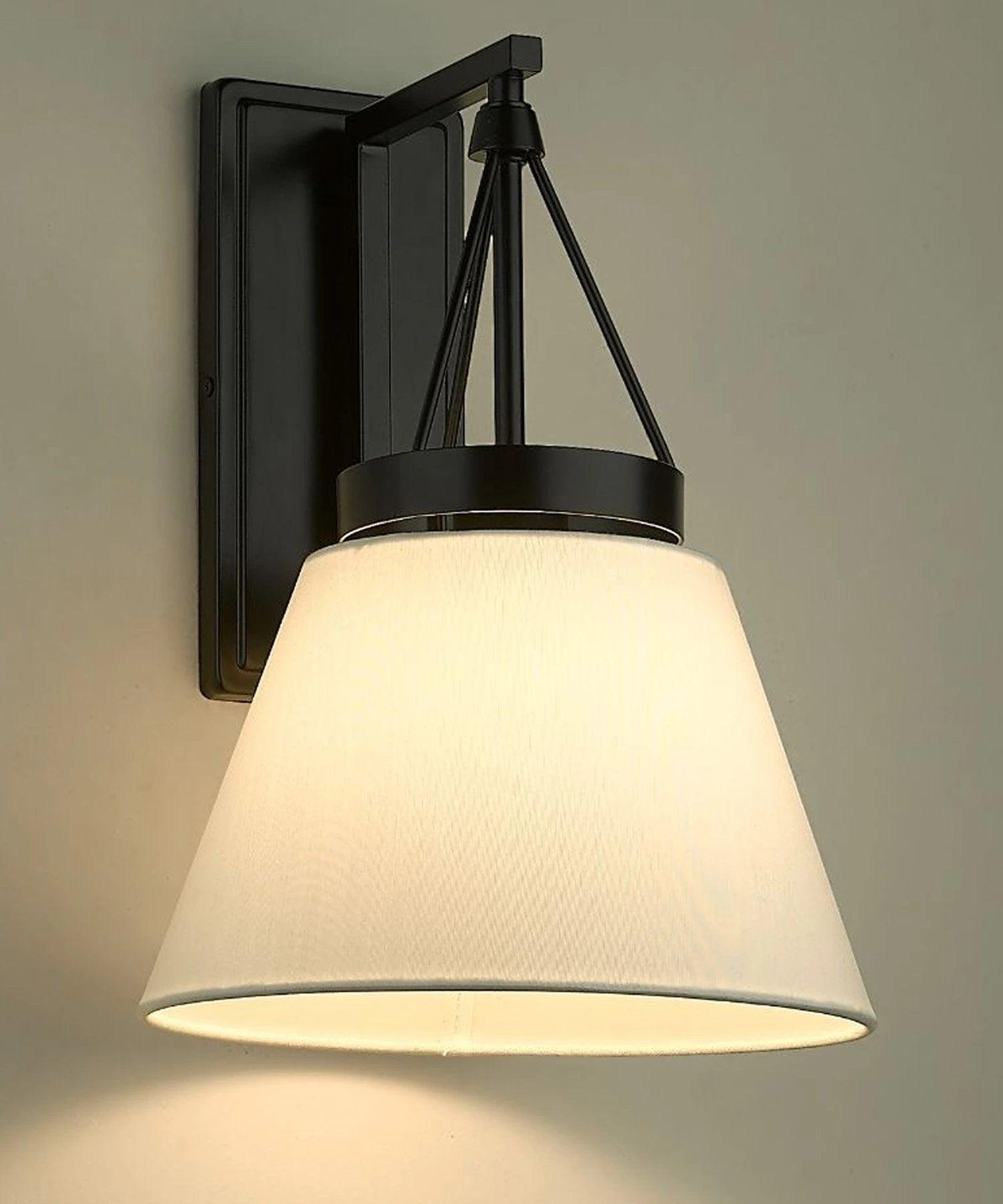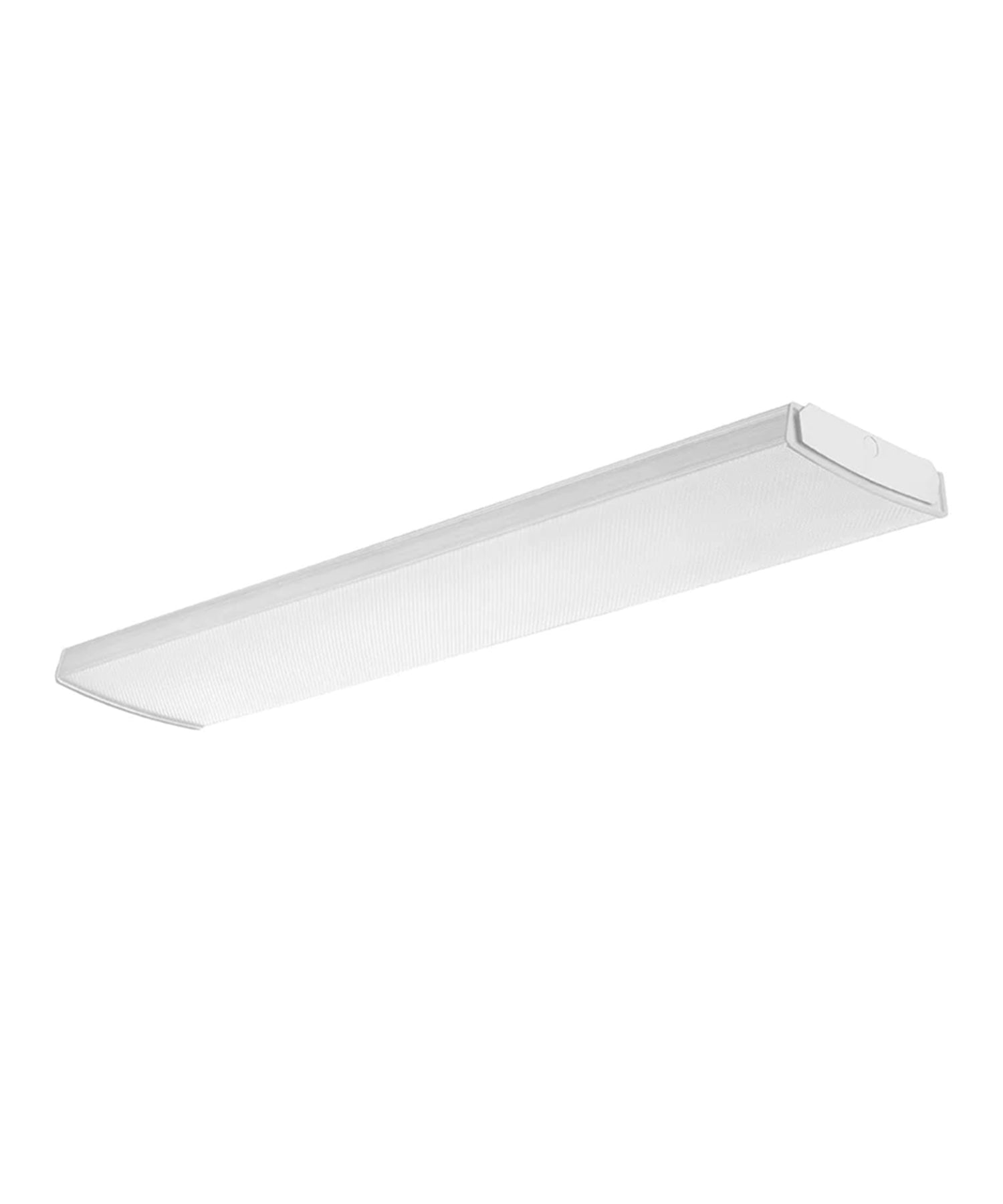A well-chosen light fixture can enhance the overall aesthetic of your dining space and elevate your dining experience. Whether you prefer a formal and elegant dining room or a cozy and inviting atmosphere, the right lighting can make all the difference.
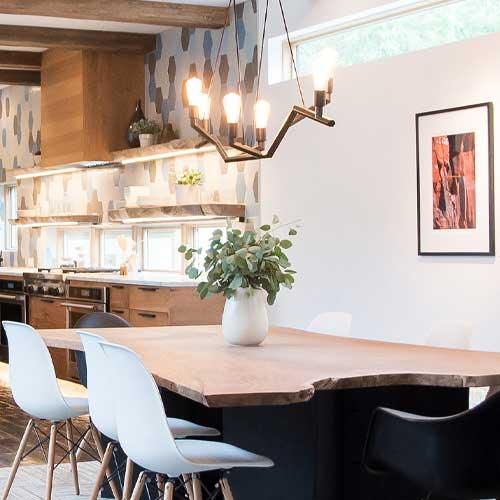
Dining Room Lighting
Top Sellers from Dining Room Lighting
Types of Dining Room Light Fixtures
When it comes to dining room light fixtures, there are several types to choose from. Each type has its own unique characteristics and can contribute to the overall ambiance of your dining space. Let's explore the most popular options:
Chandeliers
Chandeliers are a timeless and elegant choice for dining room lighting. These statement pieces can command attention and become the focal point of your dining room. They come in a variety of sizes, styles, and materials, allowing you to find the perfect chandelier to complement your dining room decor. Chandeliers are often best suited for larger dining rooms with higher ceilings, as they can add a touch of grandeur and sophistication.
Pendant Lights
Pendant lights are versatile and can be used in various areas of your home, including the dining room. These fixtures hang from the ceiling and provide focused lighting. They are available in a wide range of styles, shapes, and sizes, making it easy to find the perfect pendant lights for your dining space. Pendant lights are particularly effective when used in a linear arrangement or positioned above a dining room table to provide ample lighting for dining and entertaining.
Linear Suspension
Linear suspension fixtures are designed to span a length, making them ideal for dining room lighting. These fixtures typically feature a rectangular frame with multiple lighting fixtures mounted within it. Linear suspensions are an excellent choice for long dining room tables, as they can provide even lighting along the length of the table. They also add a modern and sleek touch to your dining space.
Flush and Semi-Flush Mounts
If you have a dining room with a low ceiling, flush and semi-flush mounts are the perfect lighting options. These fixtures attach directly to the ceiling and provide a bright, indirect glow. Flush mounts sit flush against the ceiling, while semi-flush mounts have a slight opening between the fixture and the ceiling. Both options come in a variety of styles and sizes to suit your decor preferences.
Wall Sconces
Wall sconces are a versatile lighting option that can add warmth and ambiance to your dining room. These fixtures are mounted on the wall and come in various shapes, styles, and sizes. Wall sconces can be used to provide accent lighting, create a cozy atmosphere, or highlight specific areas of your dining room. They are an excellent choice for smaller dining rooms or as additional lighting alongside other fixtures.
Now that we have explored the different types of dining room light fixtures, let's take a closer look at popular styles that can enhance the overall aesthetic of your dining space.
Popular Styles of Dining Room Light Fixtures
The style of your dining room light fixtures can significantly impact the overall look and feel of your dining space. Here are some popular styles to consider:
Transitional
Transitional dining room light fixtures strike a perfect balance between traditional and modern design elements. This style is versatile and can seamlessly blend with a variety of home decor styles. Transitional fixtures often feature clean lines, neutral colors, and simple yet elegant designs. Whether your dining room leans more towards a classic or contemporary aesthetic, transitional lighting can be a great choice.
Nautical
If you want to bring a touch of coastal charm to your dining room, nautical light fixtures are an excellent option. These fixtures take inspiration from nautical elements such as ropes, vintage-looking metals, and warm tones. Nautical lighting can create a cozy and inviting atmosphere, reminiscent of seaside dining experiences. It's a perfect choice for beach houses or anyone looking to infuse their dining room with a coastal vibe.
Mid-Century Modern
Mid-century modern design has made a comeback in recent years, and it's no surprise that it has also influenced dining room lighting. This style emerged in the 1950s and 1960s and is characterized by clean lines, organic shapes, and minimalist aesthetics. Mid-century modern dining room light fixtures often feature sleek designs and unique materials such as brushed brass or matte black finishes. Adding a touch of retro charm, these fixtures can elevate your dining room's style.
Art Deco
For those who crave a more glamorous and luxurious dining experience, Art Deco light fixtures are the perfect choice. Art Deco style originated in the 1920s and 1930s and is known for its opulence, geometric patterns, and rich colors. Art Deco dining room light fixtures often feature intricate designs, crystal accents, and metallic finishes. Installing an Art Deco chandelier or pendant light can transform your dining room into a sophisticated and elegant space.
Now that you have a better understanding of the different styles available, let's move on to installation tips to help you make the most out of your dining room light fixtures.
Installation Tips
Choosing and installing dining room light fixtures requires careful consideration to ensure they enhance the overall look and functionality of your dining space. Here are some essential installation tips to keep in mind:
Choosing the Right Size
The size of your dining room light fixtures should be proportionate to the size of your dining space. A general rule of thumb is to measure the length and width of your dining table and choose a fixture that is approximately one-half to two-thirds of its width. If you have a rectangular table, consider linear suspension fixtures that can span the length of the table. For round or square tables, a circular fixture or a cluster of pendant lights can create a visually pleasing effect.
Positioning and Height
The height at which you hang your dining room light fixtures is crucial for both functionality and aesthetics. As a general guideline, the bottom of the fixture should be approximately 30 inches above the surface of the dining table. This ensures that the light is evenly distributed and doesn't obstruct the view or conversations around the table. However, you can adjust the height slightly based on personal preference and the size of the fixture.
Layering Lights
To create a well-balanced and visually appealing dining room, consider layering different types of lighting. In addition to the main dining room light fixture, incorporate wall sconces or recessed lighting to provide ambient or accent lighting. This layering technique allows you to adjust the lighting levels based on the occasion, whether it's an intimate dinner or a festive gathering. Experiment with different combinations to find the perfect balance.
With these installation tips in mind, you can now confidently choose and position your dining room light fixtures. However, you may still have some questions. Let's address some frequently asked questions about dining room lighting fixtures.
Frequently Asked Questions
Should Dining Room Lights Point Up or Down?
The direction in which your dining room lights point depends on the specific fixture and its purpose. For over-the-table lighting, such as chandeliers or pendant lights, the lights should point downward to provide focused and direct lighting on the dining surface. However, if you have a piece of artwork or architectural feature that you want to highlight, wall sconces that direct light upwards can create a dramatic effect.
How Far Above the Table Should a Dining Room Light Be?
To strike the perfect balance between functionality and aesthetics, dining room lights should hang approximately 30 inches above the dining table surface. This height allows for ample lighting without obstructing views or conversations. However, it's important to consider the size of the fixture and the overall height of the ceiling. Adjustments can be made based on personal preference and the specific dimensions of your dining room.
How Many Lumens do You Need for a Dining Room?
Choosing the right amount of light for your dining room can be challenging. You want to ensure that the space is adequately illuminated without overwhelming the atmosphere. As a general guideline, aim for a total of 3,500 to 4,500 lumens in your dining room. This can be achieved by combining the lumens from your main dining room light fixture, supplemental lighting, and natural light sources. It's always a good idea to consult with lighting experts to find the perfect balance for your specific space.
Dining room light fixtures play a crucial role in creating the perfect ambiance for your dining space. Whether you prefer a classic chandelier, modern pendant lights, or sleek linear suspensions, there are endless options to suit your style and needs. By considering the size, style, and installation tips, you can transform your dining room into a welcoming and visually stunning area.
Remember to choose a style that complements your overall decor, and don't be afraid to experiment with layering different types of lighting. With the right dining room light fixtures, you can create memorable dining experiences and impress your guests.
If you have any further questions or need assistance in selecting the perfect dining room light fixtures, feel free to call us at Bees Lighting at 855-303-0065. Our lighting experts are here to help you make the best choice for your dining space.

